The Power of Color Psychology in Interior Design — How to Create a Home That Feels as Good as It Looks
Understanding the positive and adverse traits of certain colors can help you design a space you love, and that loves you back

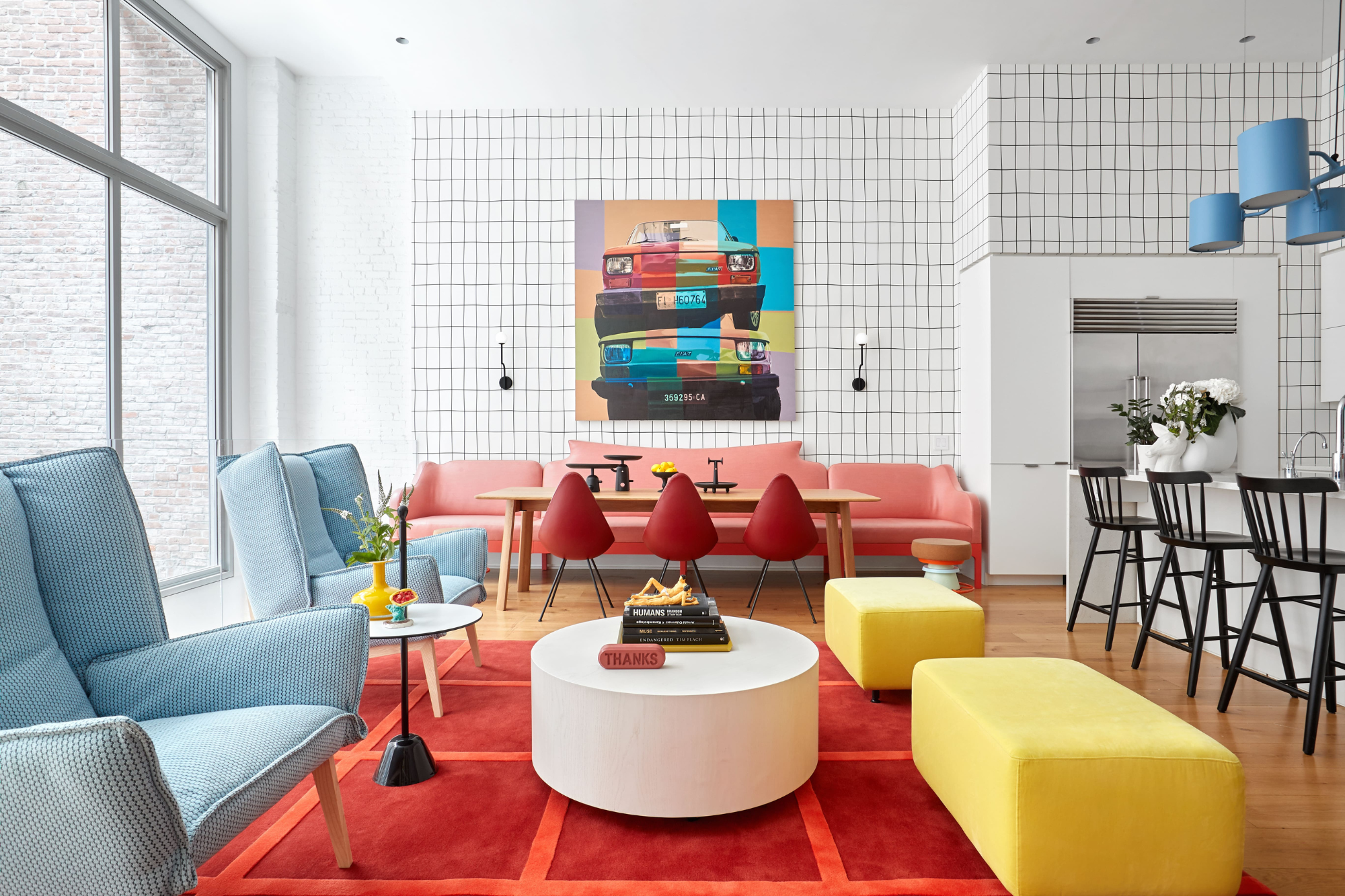
Color is far more than just decoration. Color is emotion. Constantly shaping how we feel and respond to the world around us and our everyday actions.
Color has the power to uplift, calm, energize, or even irritate and overwhelm — influencing our emotions and behaviours in ways we may not always be conscious of.
We see color with our eyes, but the real magic happens in the brain. Once color is processed, it triggers an emotional and physiological response, altering how we feel and behave. This is why understanding the role of color psychology in interior design is so powerful.
I’m a behavioural color and design consultant. I specialize in the way color influences how we feel and behave in the spaces we live and work in. In this feature, I’ll be sharing how you can use color psychology to design interiors that don’t just look good, they feel good too. It’s a powerful way to support how we live, how we behave, and how we connect with others.
We see color with our eyes, but the real magic happens in the brain. Once it’s processed, it triggers emotional and physiological responses that can shift our mood, our energy, and the way we interact. That’s why understanding the role of color in human behaviour is such a vital part of interior design.
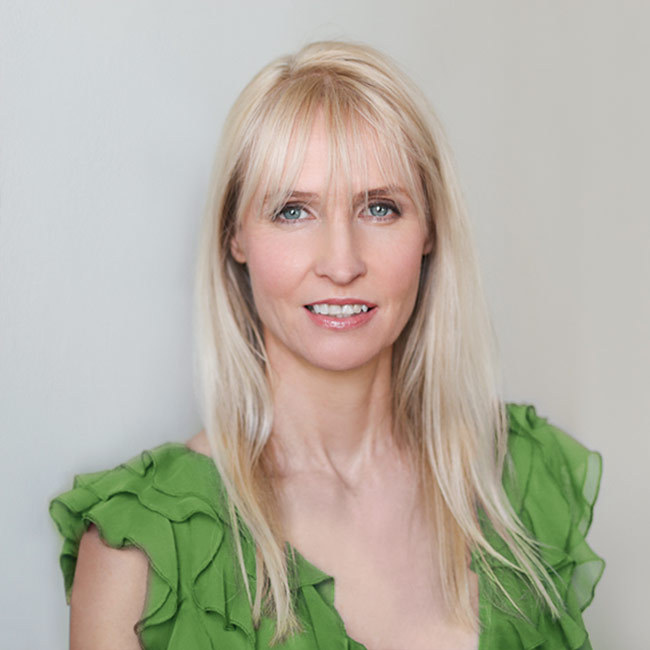
Karen is a color psychology expert who wrote the book, quite literally, on how to use it when designing your home. She's the author of The Little Book of Colour which explains how to use color in interior design to improve you happiness, wellbeing, and confidence.
What Is Color Psychology in Interior Design?
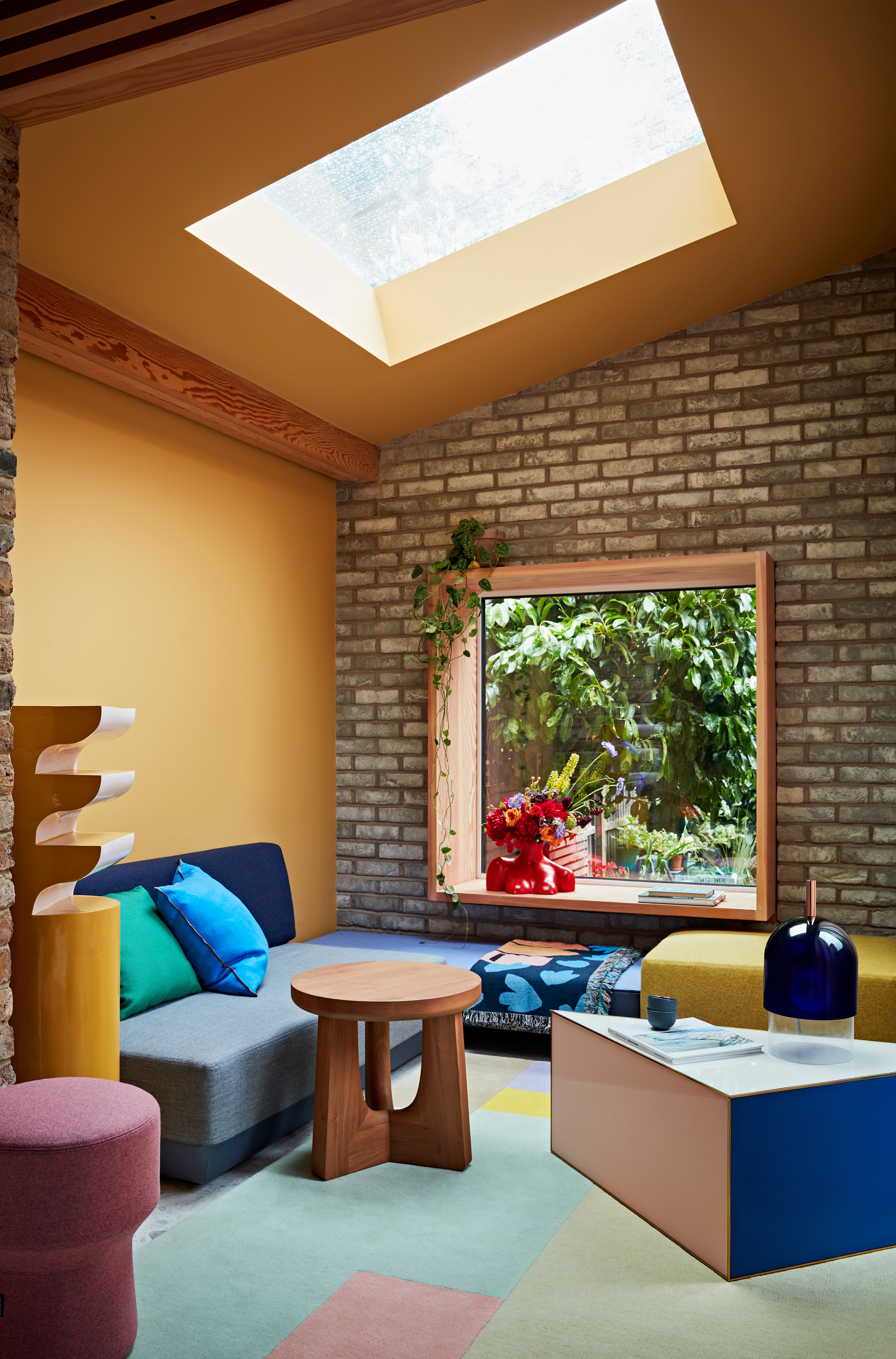
By applying color psychology in interior design, you can transform your home into a space that not only looks beautiful but also supports the way you want to feel, making it a true expression of you. Understanding how different colors influence human behaviour ensures your home reflects your needs and those you share it with.
Whether you seek a restful bedroom, an energizing workspace, or a welcoming living area, the right colors can shape both the function and emotional experience of a space. But how do you use this knowledge effectively in your home? Let’s explore the basic principles behind color psychology in interior design and how you can apply them.
The Livingetc newsletters are your inside source for what’s shaping interiors now - and what’s next. Discover trend forecasts, smart style ideas, and curated shopping inspiration that brings design to life. Subscribe today and stay ahead of the curve.
Color psychology is the theory of how colors influence human emotions and behaviours. While every individual has unique associations with color based on their personal experiences or cultural beliefs, there are universal psychological responses that occur due to how our brains process color — these influence how we physically, psychologically, emotionally, and behaviorally react to it, whether they're positive colors, or stimulate a negative reaction.
In interior design, color psychology is a tool we can use to shape how a space feels, functions, and influences how we interact within it. In interior design, color psychology is a tool we use to shape how a space feels, functions, and supports how we interact within it. The right colors can enhance focus in a home office, create a restful retreat in a bedroom, or foster social connection in a dining area.
How Do I Use Color Psychology to Design My Home?

Using color psychology in interior design starts with identifying how you want each room to feel and how you want to interact within it.
Do you need a mentally calming retreat to unwind and give your mind a break from constant thinking and processing? A stimulating space that encourages focus and creativity? A warm, social environment that fosters connection and conversation for guests? Once you have clarity on the emotional experience and behaviours you want to encourage in any given space, you can choose the colors that together create those outcomes.
Here are a few key factors I consider when working with my clients to design spaces that are not only functional but also evoke the right emotions and behaviours to support their well-being and lifestyle:
Consider the context and purpose of each space — How do you use each space? What thoughts, emotions, and behaviours do you want to encourage? For example, a place of focus and productivity, a calming retreat, or a social hub for connection?
Experience and behaviours — What positive emotions and behaviours do you want to encourage? For example, you might want the morning shower room to invigorate and energize, helping you wake up and feel alert, while the evening bathroom helps you to relax and unwind before bed.
Choose the color family that expresses your personality — For example, you might resonate with the colors in autumn time: rust reds, teal blue, olive green, saffron yellow, calico white. All the colors that you choose will come from the same color family.
Pick the colors that shape positive emotions and actions — Every color has both positive and adverse effects. While colors can enhance well-being, if used in the wrong context or in excess, they can create discomfort, disrupt balance, or influence how you think, feel, and behave in unintended ways. Understanding this balance ensures your home truly supports your needs.
Balance intensity and depth — Strong, vibrant colors can be invigorating and energizing, while lighter, softer colors are calming and relaxing. However, if colors are overused, chosen from the wrong color family, or applied in an unsuitable context, their adverse traits may emerge leading to feelings of overwhelm, tiredness, or stress.
What Emotions Do Different Colors Evoke?
The theory of color psychology in interior design suggests that each color has distinct psychological effects, influencing how you experience and use your space. Below, we explore some of the key colors and their positive and adverse traits.
Blue

Soft blues like sky blue and duck egg blue are soothing and restful, making them ideal for spaces where relaxation is key, such as the bedroom, helping to create a tranquil atmosphere that promotes restful sleep.
Darker blues like navy and teal aid in focusing the mind, ideal for home offices or areas where you need concentration.
Bright blues like turquoise are great for energizing the body and mind, making them perfect for bathrooms where a morning boost is needed.
“There are adverse reactions when decorating with blue, which can come across as cold or uninviting, with turquoise in particular feeling overstimulating if overused."
Green
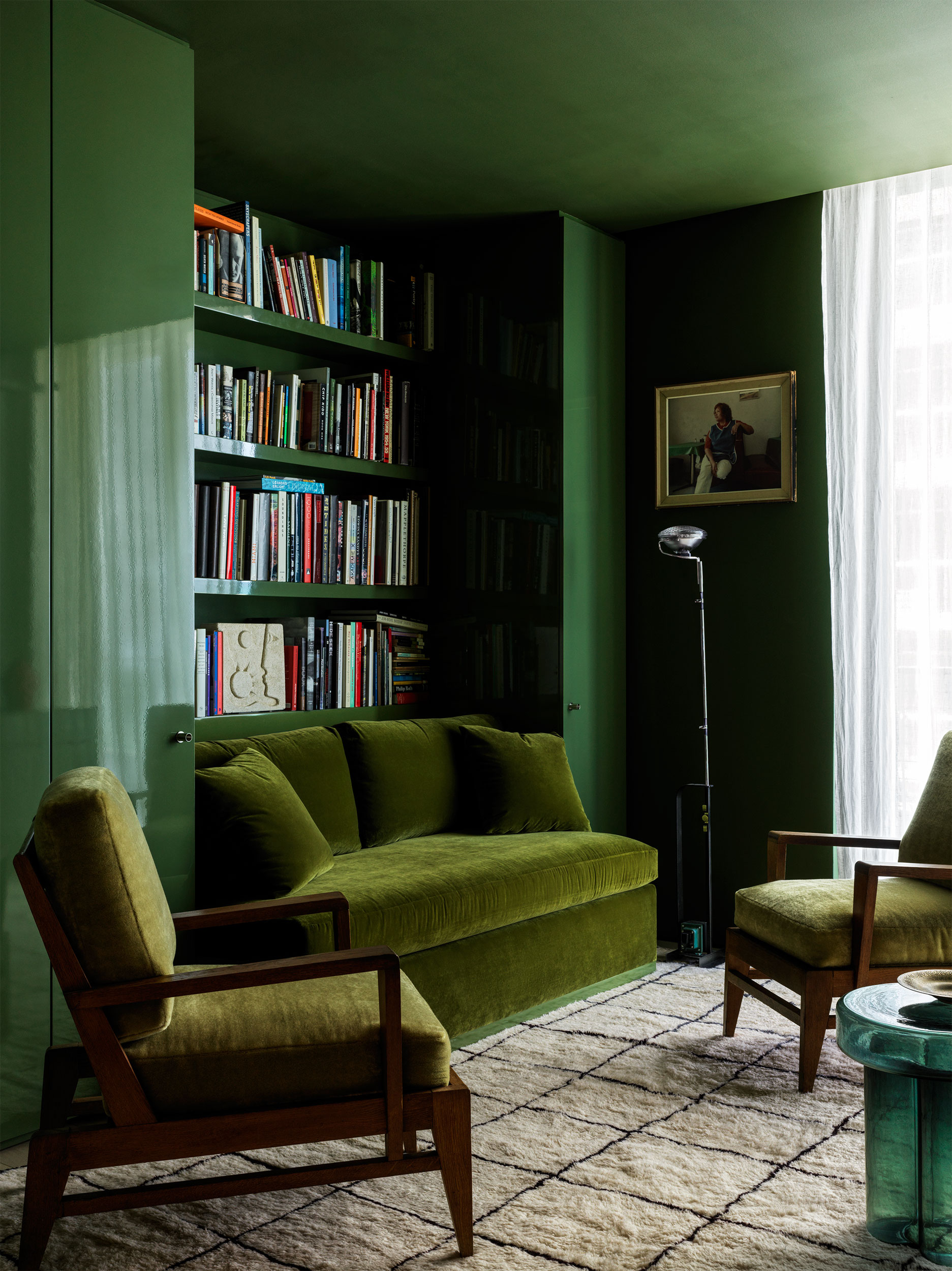
Soft greens like sage, eucalyptus, seafoam, and moss are soothing for the mind, body, and spirit, making them ideal for rooms designed for relaxation and unwinding, such as the bedroom or living room.
Darker greens like bottle, emerald, and jade are restorative and rejuvenating, another great color for the living room.
Bright greens such as lime green and chartreuse are energetic and invigorating where a little goes a long way.
The adverse reaction for decorating with green? Lethargic, unmotivated, with bright green being irritating.
Red

Red is pure high-octane energy — like a double espresso for your space. It can raise the pulse rate and create a dynamic, stimulating atmosphere, making it ideal for spaces where you want intensity, intimacy, or lively interaction.
Bold and commanding, red is best used as a statement feature or a striking accent.
The adverse reaction for red is that it can be overpowering, aggressive, and exhausting.
Pink

Soft pinks like baby, blush, rose, and dusty pink are like being wrapped in a cuddle. They are comforting and nurturing, making them ideal for spaces where you want to feel soothed, supported, and physically relaxed.
Vibrant pinks, like magenta, fuchsia, electric pink, and cerise, make a bold, unapologetic statement: feisty, independent, don’t-mess-with-me.
The adverse reaction for a soft pink is that it can feel weak, needy, and helpless. The adverse reaction for a vibrant pinks is that they can feel overwhelming, cold, and hard.
White
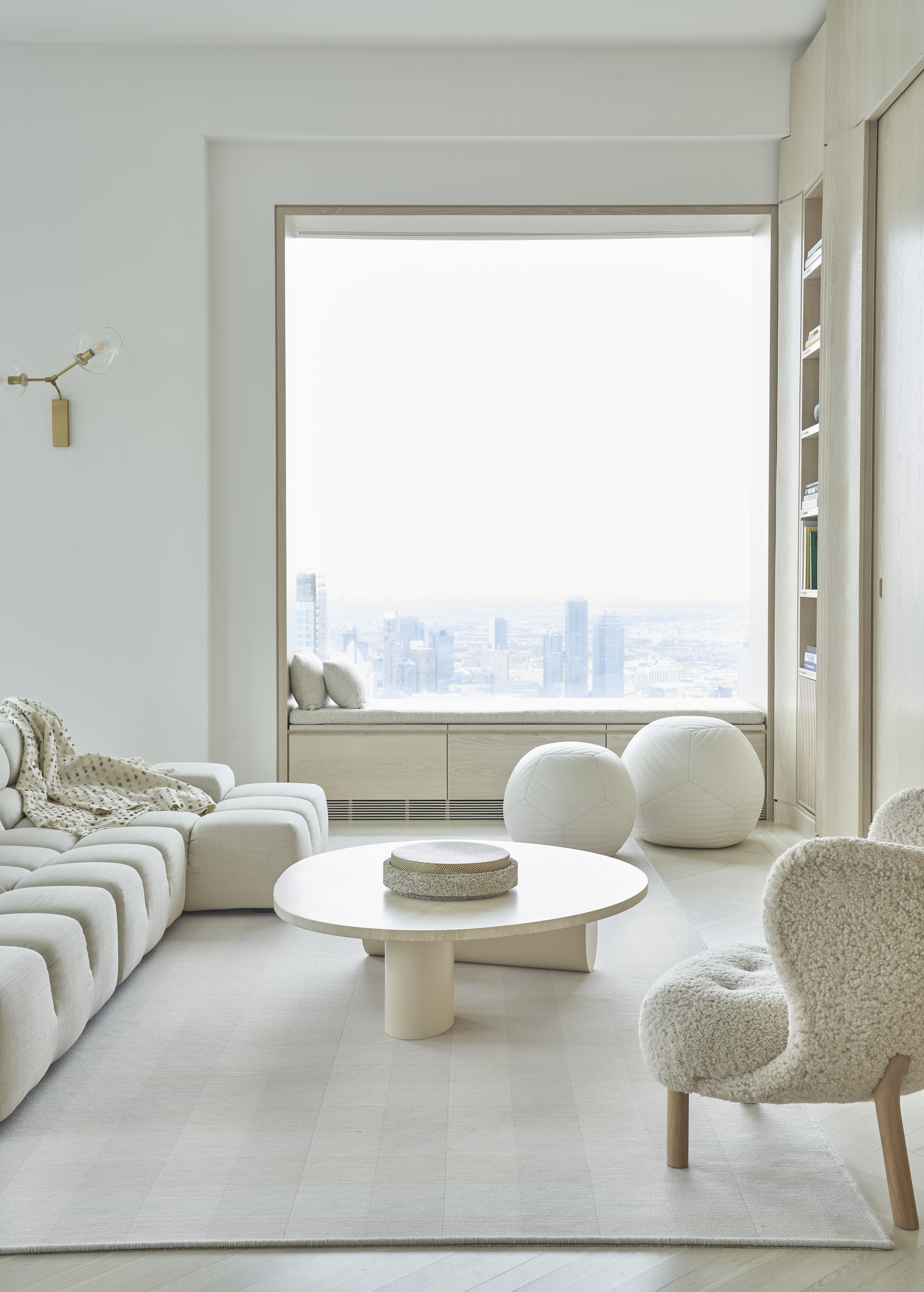
White can create a sense of calm and clarity, providing a retreat from emotional overwhelm and noise. It’s a way to cocoon yourself in stillness, bringing a feeling of order and spaciousness.
The adverse reaction for white rooms is that they can cold, sterile, emotion desensitising, and detached.
By applying color psychology to your interior design and palette choices, you can design a home that goes beyond aesthetics — one that actively supports your emotions, well-being, and daily life. Instead of following fleeting trends, you’ll be making intentional choices based on how you want to feel and respond in your space.
Whether refreshing a single room or designing an entire home, color psychology in interior design becomes a powerful tool for creating a home that truly works for you, one that you love and loves you back.

Karen Haller is a leading international authority when it comes to behavioural color and design psychology. Specializing in human-centered design, Karen works with businesses, design professionals, and individual clients, to help them understand our relationships with color, and how it influences the way we interact with a space. She has authored a book on the topic, called The Little Book of Colour which explains how to use color for your home and your everyday life to improve your happiness, wellbeing, and confidence.
